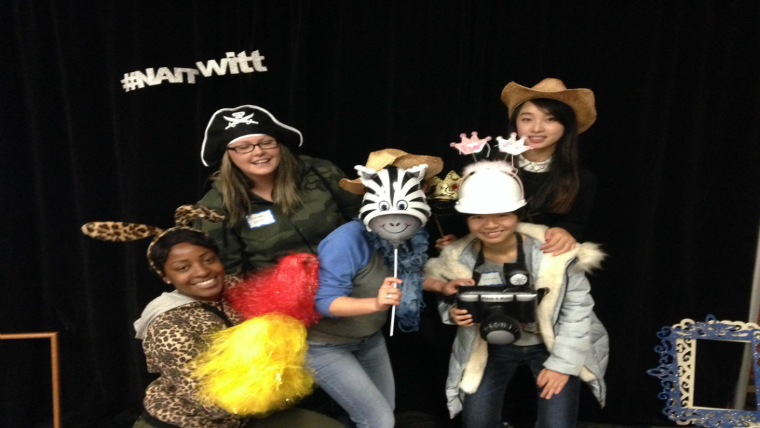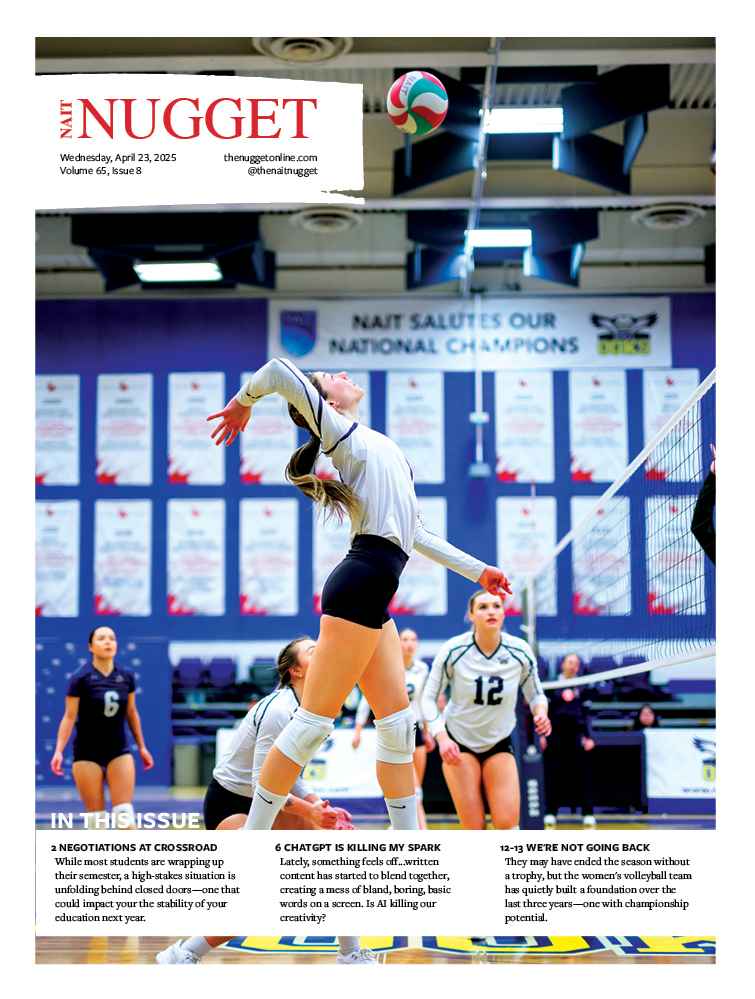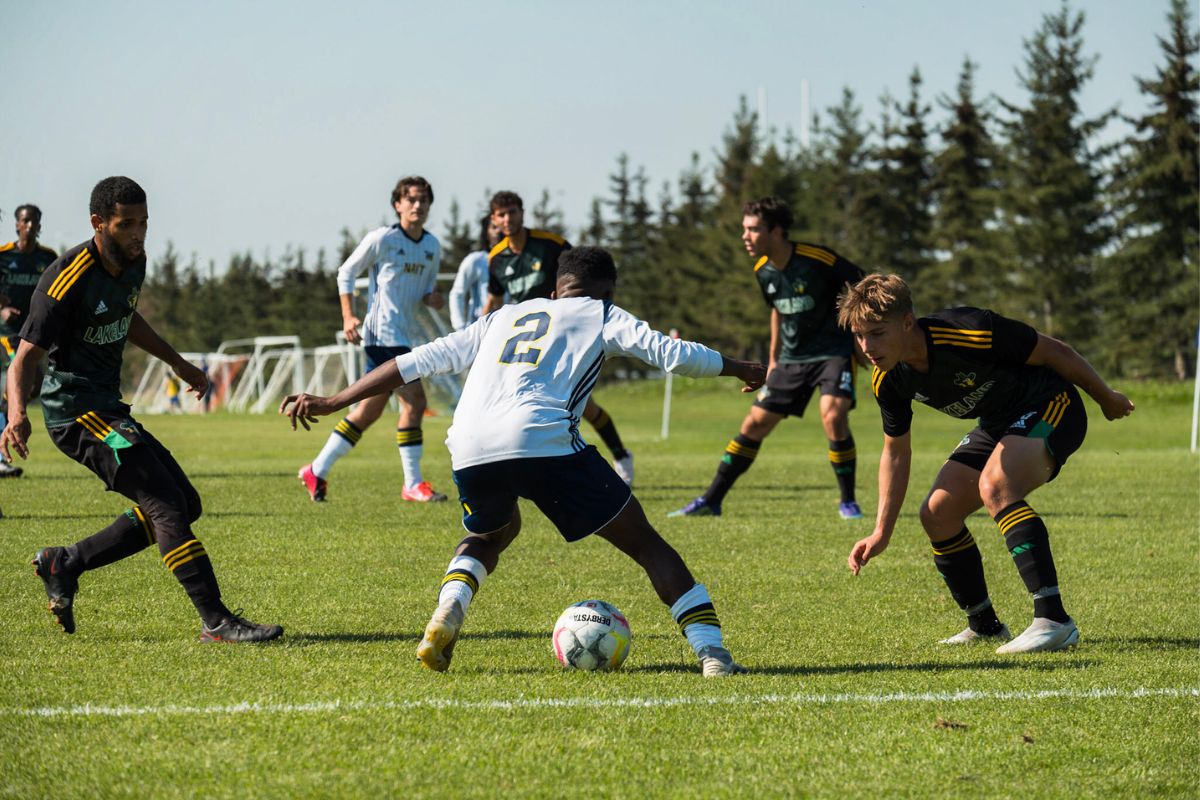The annual Working Together Symposium hosted by NAIT Women in Technology and Trades was held on Oct. 30, bringing together a vibrant mix of women from male-dominated fields to enjoy a morning of talks and activities.
WITT began in 2006 as Women in Technologies and trades were added to the initiative in 2011. Their mission is to provide support and opportunities for the women of NAIT. Entering a nontraditional field can be scary and initiatives like WITT offer supportive environments for women and girls to learn more about working in technologies or trades and create a support system.
This year, the symposium’s theme emphasized working together. Any successful workplace requires people to work cooperatively to build a positive environment.
Although the focus of WITT’s programming is towards the issues women working in technologies and trades face, the ideas are also very applicable to any workplace or team environment. The keynote speaker of the event, Darlene Dudley, expanded on the importance of working together with her presentation.
“Struggle is unavoidable but struggle leads us to understand what we want to do … struggle gives us the resolve to accomplish what we want to do,” Dudley told the group.
Whether you’re a woman pursuing a job in a male-dominated field and having a difficult time being accepted on the job or not, it’s a useful message. Dudley explained that, ideally, struggle should lead us into self-care. Often, people feel that they need to present a hard shell but it’s much better to stand your ground and try to be willing to be open and empathize with others.
Being conscious of how others might be feeling, she said, is key to positive environments. When someone is different from you, it can take effort to connect with them and often we don’t want to take the effort necessary to make that connection because we tend to want relationships where connection is easy.
However, “those little steps of reaching out or talking to someone can mean the world to someone having a hard time,” she said.
“My favourite quote is ‘be kind to everyone they meet because they’re each waging a great war’, even those guys who you think have it so easy, they don’t. They’ve got their struggles, too. Struggle is universal, it doesn’t take much to reach out and empathize with someone but it might be a life-changer for that person!”
One strategy presented for improving communication and dynamics on a team or jobsite is bringing an understanding of personality types and relationship dynamics.
Angie Skuba walked attendees through a personality test to find their MeyersBriggs personality type and then used a series of fun exercises to display some of the differences between the key preferences that make up each of the 16 types.
While it’s fascinating to consider and read more about, it’s not necessary to completely understand the MBTI or other personality types for it to be useful. If you recognize that individuals have different preferences and communication styles, you can start to communicate with them in a way that bridges the differences.
Creating a supportive workplace or team dynamic becomes much more accessible when you make an effort to foster empathy and communication. As attendees learned, inclusive environments come from people consistently working together towards open dialogue and respect.
Danielle S. Fuechtmann






